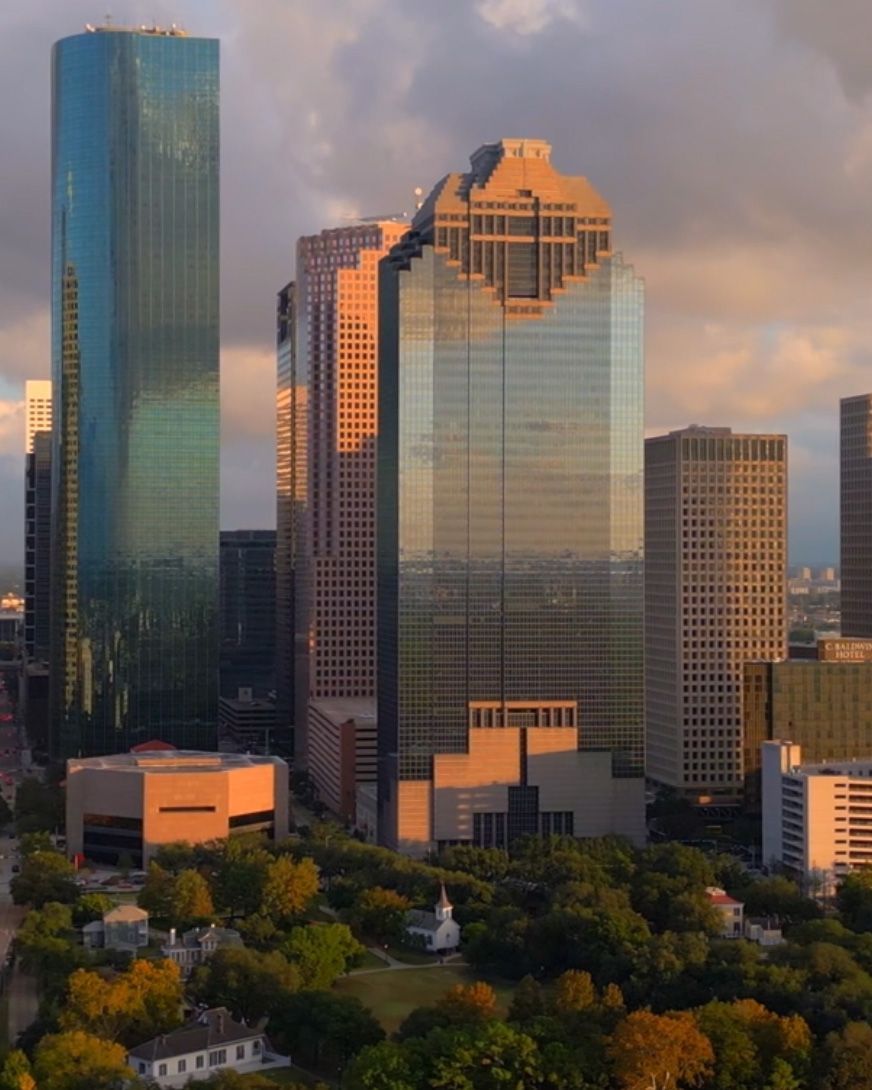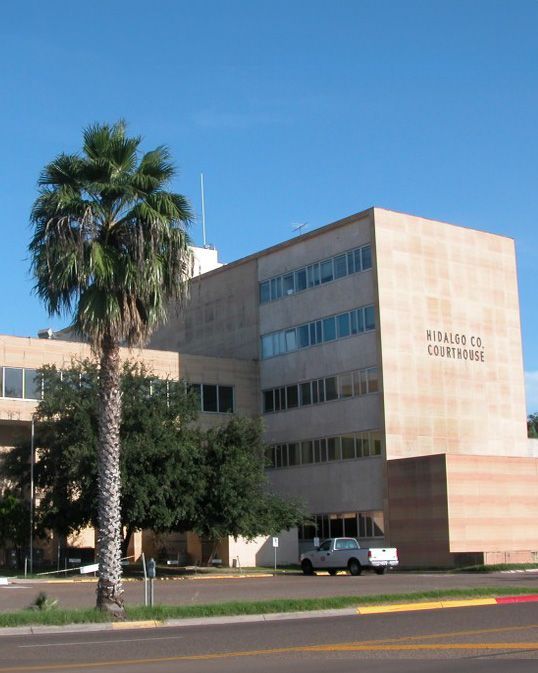Unsafe Lane Changes in Texas
LAW BLOG •
It is up to every driver to watch the road, obey traffic laws and drive safely. This includes following state laws when switching lanes or merging. A driver’s duty is to make sure the lane is clear, signal the intent to change lanes, and complete the change safely and prudently. Unfortunately, many drivers fail to take adequate care when changing lanes, leading to related car accidents, injuries and deaths.
What Is an Unsafe Lane Change?
An unsafe lane change is the switching of lanes on a multilane highway in a way that a prudent and reasonable driver would not have under the same circumstances. An unsafe lane change or merge can lead to sideswipes, clipped cars and rear-end collisions. If the accident involves a motorcyclist , it could be catastrophic. In general, a prudent driver would obey the rules of Texas’ lane-change law ( Texas Transportation Code 545.060 ) to safely execute the move.
- Any operator on a road with two or more clearly marked lanes for traffic must drive as much as possible within one lane. Taking up two or more lanes as a motor vehicle is against the law. It is also illegal in Texas for a motorcyclist to lane split.
- A driver may not move from his or her single lane unless the driver can complete the movement safely. Safely means in a way that follows Texas’ traffic laws and does not pose an undue risk of colliding with surrounding vehicles, pedestrians or objects.
- If the road has three clearly marked lanes and allows for two-way traffic, a driver may not drive in the center lane unless he or she is passing another vehicle (and can do so safely), making a left turn or if a traffic-control device allows the action.
- A city has the right to erect official traffic-control devices directing slower-moving vehicles to use a designated lane, directing vehicles to move in a particular direction or prohibiting the changing of lanes on a section of roadway.
If a driver violates any of these parameters or does not obey erected traffic-control devices, he or she could cause a preventable lane-change accident. Unsafe lane changes are often behind motor vehicle collisions in Texas. Depending on the nature of the accident, injuries for victims can be severe. Injuries involved in lane-change accidents can include lacerations, contusions, whiplash, neck and back injuries, muscle strains, bone fractures, and organ damage. Even a low-speed lane-change accident could be enough to cause injuries.
Who Is At Fault in a Lane-Change Accident?
Drivers in Texas rely on a fault- or tort-based insurance system to file insurance claims after auto accidents. In a traditional fault-based system, all accident survivors with injuries or damages will seek compensation from the insurance provider of the at-fault driver. It can be difficult, however, to determine the at-fault driver in a lane-change or merge accident. You may need to call the police to investigate the car crash or hire a lawyer to help you determine whether you or the other party is lawfully to blame.
If you call the police from the scene of your car accident, an officer can inspect the damages to both vehicles, talk to witnesses and record important facts that may help your insurance claim later. An officer may also issue a citation to the other driver for violating Code 545.060. While this citation alone does not prove the other driver’s fault for the car crash, it can serve as important evidence during your claim. It may prove the other driver did not use his or her turn signal, did not look before merging, merged without checking blind spots, did not leave enough room for other vehicles, crossed multiple lanes of traffic, or broke another rule that caused the collision. The driver may then be liable for your damages.
The post Unsafe Lane Changes in Texas appeared first on GES Injury Attorneys.
Every state limits the amount of time you have to file a claim.
Don't Delay.
Contact the Attorneys at Gordon & Elias, LLP Today to preserve your right to a recovery.
Contact Us
We will get back to you as soon as possible.
Please try again later.
100% FREE CASE EVALUATION
Free Consultation • No Fee If No Recovery



